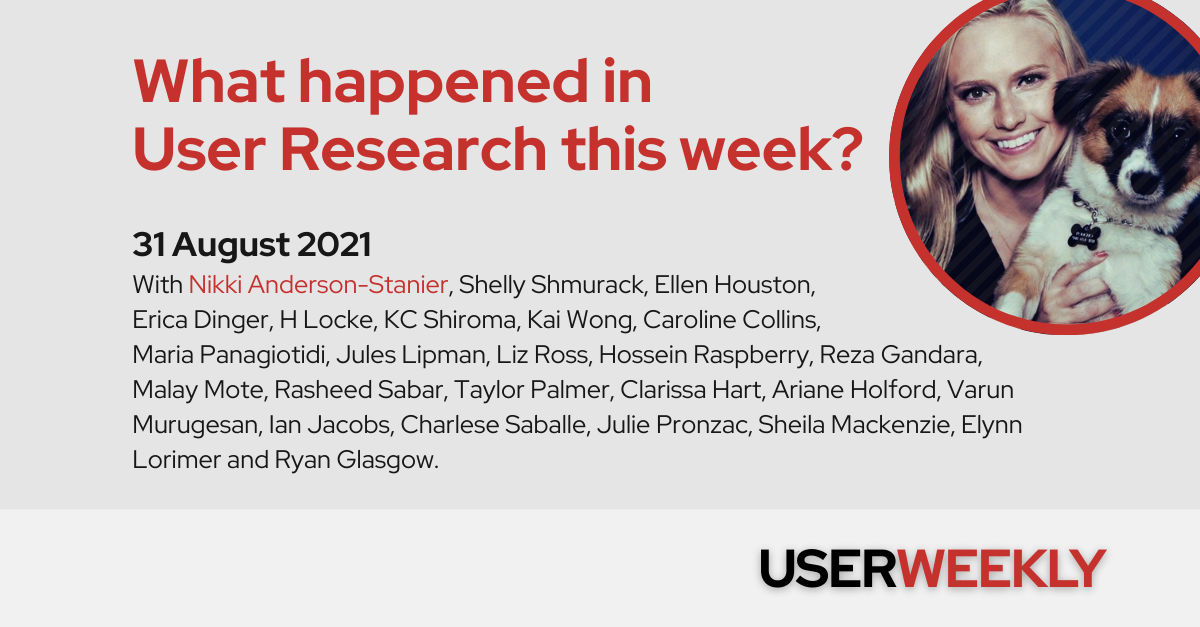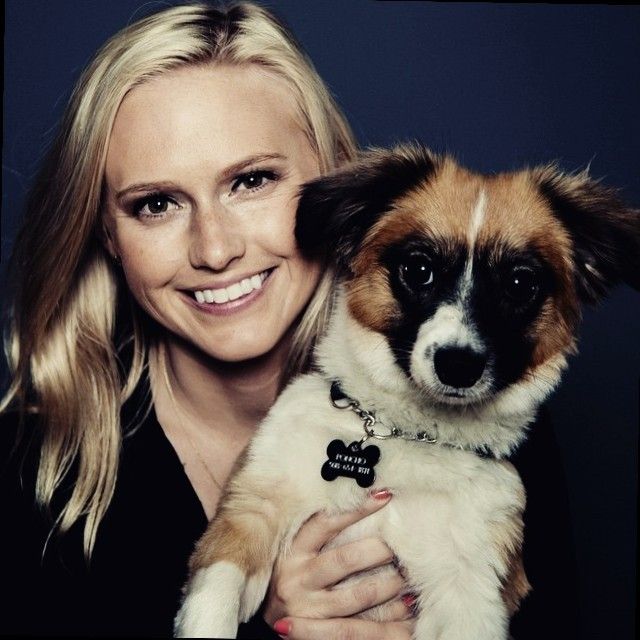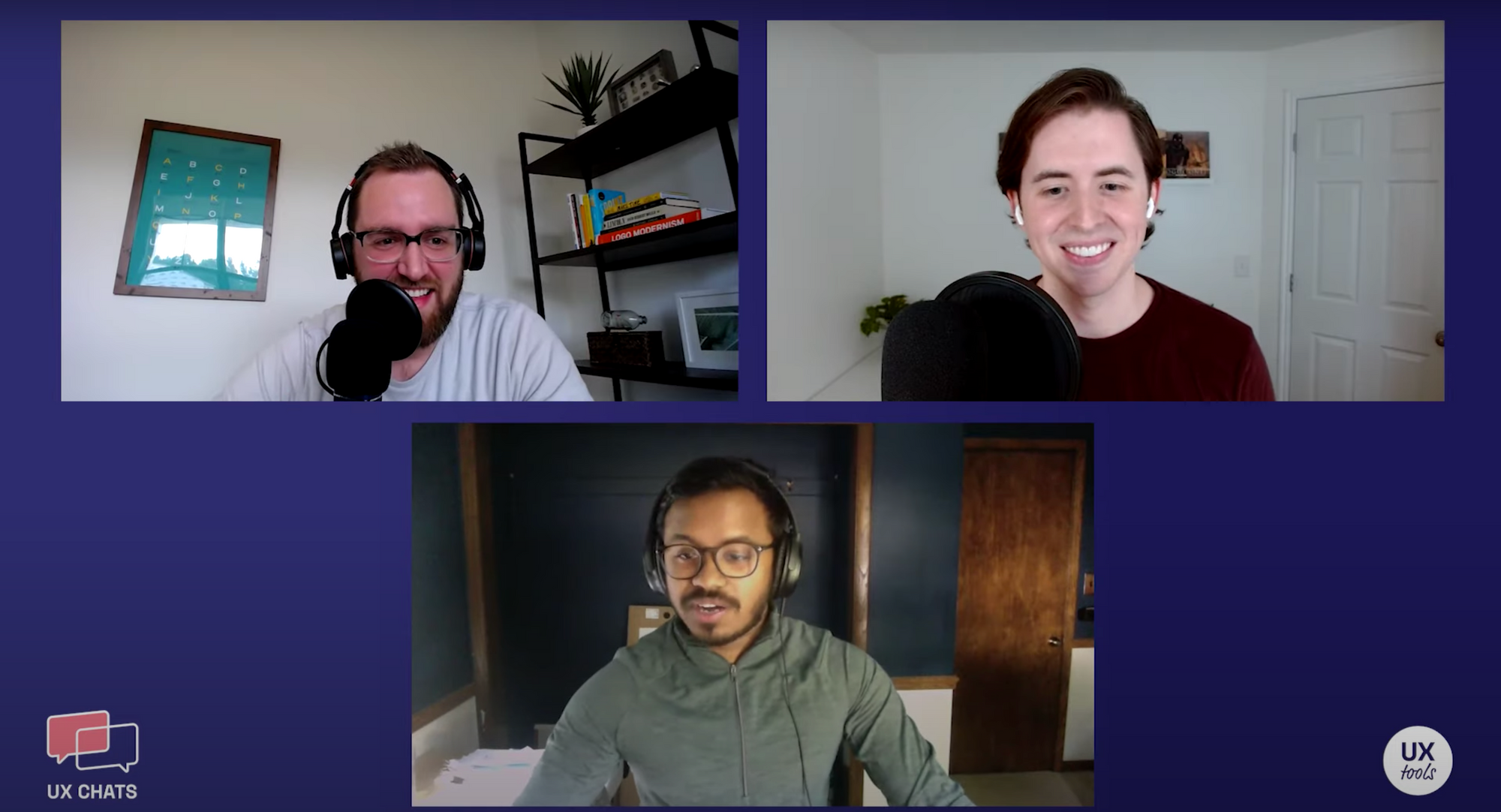User Weekly: Tuesday, 31 August

USERWEEKLY is your weekly email to understand what is happening in user research. It's the best way to keep up on trends, methodologies and insights across the industry. It is written by me, Jan Ahrend. Each week I go through content from mainstream media to small blogs to capture the pulse of our community and answer a simple question: What mattered in User Research this week?
Hey! This is episode number 11. With the help of many of you who shared the newsletter with colleagues and friends we were able to grow to now 800 weekly subscribers. Hooray! 🎉
In line with my motivation for User Weekly to help people connect across our community, I'm adding a new section to the newsletter called 'Humans of User Research'. Each week, we will meet a new User Researcher and hear about their experiences at work and beyond.
I hope this brings our community closer together, helps people connect and feel inspired! And I hope you enjoy this new section as much as I do. If you have feedback hit reply on this email 🙂
The first person we will meet is Nikki Anderson-Stanier. Nikki released an article (sometimes 2!) every week since this newsletter's inception.
Spotlight > Articles > Video > Audio > Tools
😌 Humans of User Research

Nikki Anderson-Stanier
Nikki, tell us a little about yourself.
Hi! I am a qualitative user researcher who meandered into the field through a mixture of a background in psychology and attending a party in which someone started talking about this elusive thing called user experience. After finding out I was abysmal at design, I discovered the niche of user research and fell in love. Eight years later, here I am, running my own company where I coach others in the field and consult for companies. Outside of user research, you can find me reading, writing, and being out and about with my horse or dog - we just moved to Jersey (the old Jersey in the Channel Islands), so I get outside every chance I can!
Your community contributions are very impressive! You have been part of every episode of User Weekly since its launch 11 weeks ago. What motivates you? And how do you manage to write such high-quality content on a weekly basis while having a full-time job?
Ah, thank you! The most motivating aspect of my work is getting this message in my inbox: “Thank you so much for writing X or Y article, it helped me get a new job, feel more confidence, or understand how to get started.” There is literally nothing better than hearing from people who might have been doing the same thing I was eight years ago: frantically Googling how to do something! Writing feels like part of my job, honestly. I want to help others through the struggles I encountered throughout the years and writing is the best way I can do that! It’s all about picking what you love and what you find rewards in, and just going for it!
What’s the best career decision you’ve made?
Quitting jobs when I am no longer learning or not getting support from management. It is terrifying to interview for a new job and to make the leap to a new role, but it is such a critical part of moving forward. There are so many companies out there that, unfortunately, hire researchers to tick off a box on a checklist. But, thankfully, there are so many others who truly care about taking in and listening to user researchers. It is in these companies you will grow, learn, and move forward in your career. If you are having to fight every step (and trust me, I have), it isn’t you, it’s them. Find a place that appreciates you and your work.
What does your family think of your work?
It’s hilarious explaining my job and role to my family. Until recently both my parents and my in-laws said that I work in “IT.” I think user experience is something that the general public think about, but it’s all behind the scenes, rather than something that is obvious like UI design. I hear all the time, “oh that was a bad customer experience” but people aren’t thinking about how a company might improve that. I always explain my job as, “you know the apps you use? I am the person that tries to figure out where these apps are messing up and helping teams make better decisions to help you.” Still, to my family, I am IT and tech support - whenever anything goes wrong with phones, computers, you name it, I am the first line of support they go to!
How can people learn more about you and your work?
I own a company that does a lot of coaching and courses for those at all levels of their user research career - from beginners or those who are field-adjacent to leaders and managers. You can check out all my services here. Also, feel free to ping me on LinkedIn about all things user research!
Thank you, Nikki!
Enter your email to receive the latest updates in your inbox.
Spotlight > Articles > Video > Audio > Tools
🧐 Thought Pieces
FBI profiling techniques for product managers (and Researchers).
Using the learnings of forensic psychologists & law enforcements officials about criminal profiling to craft better personas. 1) Understanding the pre-action motivations. 2) Identifying method and manner. 3) Short-term post-action behavior. 4) Long-term post-action behavior. (UX Collective 8/27)
Why now is the time to revisit your segmentation.
Learn what the dramatic shifts of the last year and a half mean for your current segmentation and how we can help you to build a plan of action. 1) Acknowledge what’s changed. 2) Don’t wait to start planning. 3) Go from what to why. (Qualtrics 8/27)
Should researchers make design recommendations?
Academic objectivity vs. real world projects. Researchers need to remain objective in order to retain research authority — a research presentation is not a design workshop. Researchers should be clear on their role in the project and team and allow others the same. Remove all specific visualised design recommendations from any research report. (Prototypr.io 8/28)
🙌 Driving Impact
Are you creating usability reports no one’s reading? Consider rainbow spreadsheets instead.
How to visualize your observations during testing for easy summary, tracking, and prioritization. Rainbow spreadsheets outputs user findings in an easier to read format. Also, it can address many issues around notetaking and debriefing that might occur during user research. (UX Collective 8/27)
How Data Literate Is Your Company?
Make data literacy an organization-wide priority. Develop an internal common language for speaking about data. Create spaces within your organization for workers to connect business concepts and data concepts. Create incentive structures to reward data-driven decision making. Deploy L&D programs that teach data literacy. (Harvard Business Review 8/27)
Tips to enhance your team’s user research insights.
#1: Always ask “What do we want to learn?”. #2: Just say no to yes-or-no questions. #3: There is more than one way to test. (UX Collective 8/26)
What is the Opportunity Score? (And how to calculate it) — Part II.
This second part describes an easy-to-use tool for people interested in applying the Opportunity Score method to prioritize efforts based on user insights (importance & satisfaction). (UXR at Microsoft 8/26)
📎 Methods
Standardized usability questionnaires: which one to use?
Part 1: post-test questionnaires. QUIS. SUMI. PSSUQ. SUS. SUPR-Q. UMUX. MAUQ. CUQ. AttrakDiff. (UX Collective 8/26)
Talking tagging taxonomies with Jules Lipman.
Approach to tagging, Project structure, Extension tag boards, Tagging the same data with multiple tags, Using fields, Jules' advice about creating a tagging taxonomy. (Dovetail 8/27)
Pushing Ethnographic Research at the Times of Remote Work.
How is the work we do as UX Researchers impacted by COVID-19 and what we can do to improve the world through human-centered design? (UXStudio 8/25)
Intro to Competitive Research
The benefits of competitive research and how to conduct it: 1) Recognize your objectives. 2) Become well acquainted with your competitors. 3) Look for similarities between competitors. 4) Evaluate and summarize. 5) Present your competitive analysis for UX. (Medium 8/25)
🔁 UX Research Operations
Fast and Cheap Ways to Find UX Research Participants
Proven methods for finding research participants when you’re low on time or low on budget. (UX Tools 8/30)
📚 Case Studies
When understanding the user goes wrong…
A cautionary tale from an Atlassian researcher. "No one used it." What went wrong? (Atlassian 8/25)
Lessons learned from planning fast-paced user research
🎯 Focus on the goal of the research. ⚖️ Prioritise your user groups. 🔁 If in doubt, over-communicate. 🗓️ Be flexible with your availability. ✅ Track everything. (Medium 8/30)
Getting past the three research hurdles
Hurdle One: Handling Skepticism. Hurdle Two: Conducting the Survey. Hurdle Three: Sharing the Insights. (UX Collective 8/29)
Enter your email to receive the latest updates in your inbox.
Spotlight > Articles > Video > Audio > Tools
🎥 Video of the Week.
Efficient UX Research Recruiting
In the first episode of UX Chats, Varun Murugesan (Apple & Banana, BestBuy, Facebook) talks about how to tailor the UX research recruiting experience to be as efficient as possible for you and your team. (YouTube 8/24)

Spotlight > Articles > Video > Audio > Tools
🔉 Audio of the Week.
Forrester’s User Experience (UX) Research Team
In this episode of The CX Cast, VP/Research Director Ian Jacobs discusses his expertise in customer service and chatbots, and his UX subteam’s existing and upcoming coverage of a variety of topics, from design for work to inclusive design. (Spotify 8/26)

Spotlight > Articles > Video > Audio > Tools
🛠 This Week in Tooling.
🎈UserLeap changed its name to Sprig and expands into an all-in-one product research platform. 🎈Survicate released a new mobile app survey builder.
User Weekly Newsletter
Join the newsletter to receive the latest updates in your inbox.
